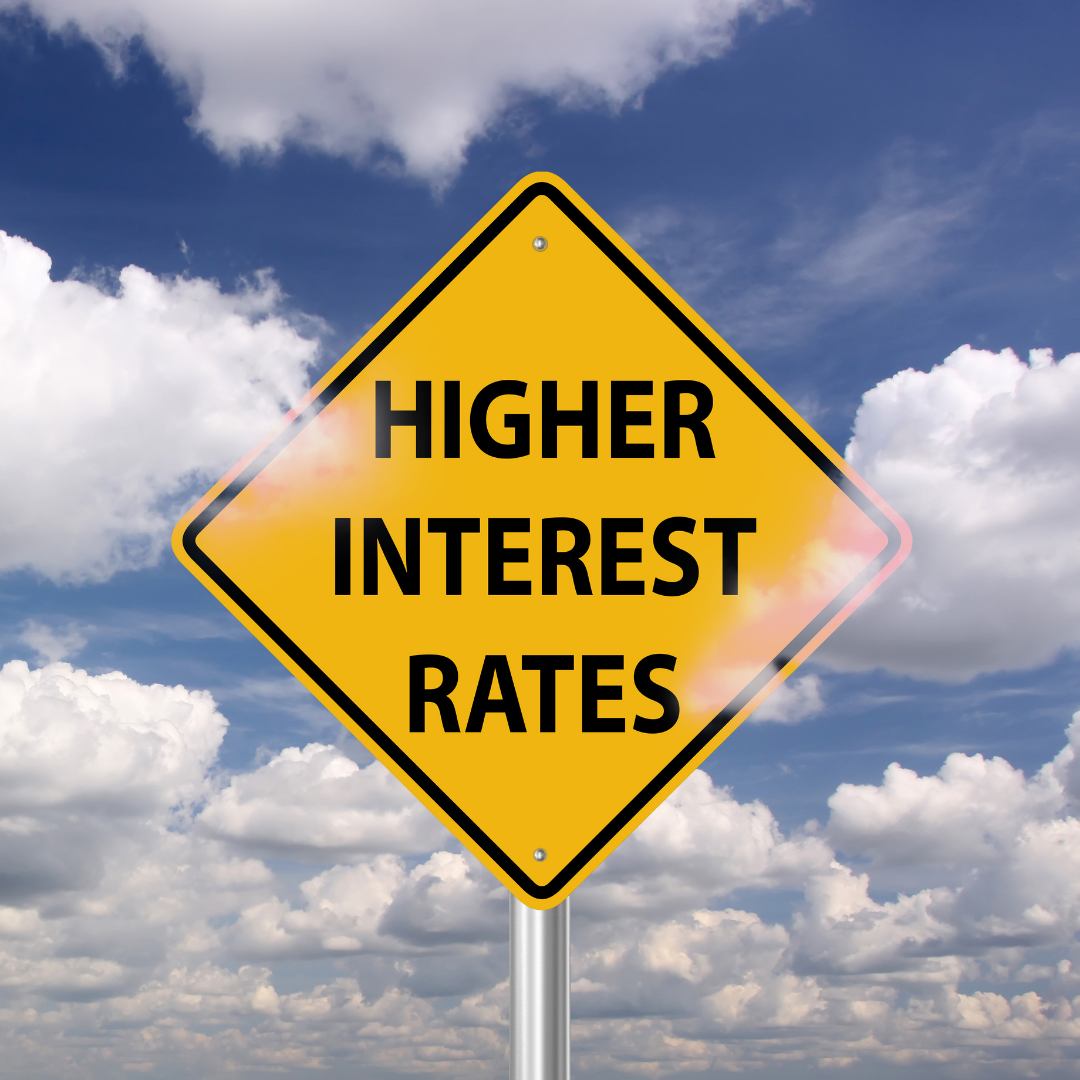
Warning: The Bliss Conveyancing website aims to provide general information only and the contents of this website do not purport to provide personal financial advice. We strongly recommend that investors consult a financial adviser prior to making any investment decision. The content of the Bliss Conveyancing website does not consider the investment objectives, financial situation or particular needs of any person and should not be used as the basis for making any financial or other decisions.
Interest Rate Structure
Lending institutions in Australia determine the rates of interest that they pay to deposit holders and charge to borrowers using a variety of factors. In simple terms, just like any shopkeeper, these institutions work out how much it costs them to acquire funds, add on their desired profit margin and then
release it to the market.
When we hear about banks “passing on” interest rate cuts or increases it tends to be an over simplified explanation about the Reserve Bank of Australia (RBA) making changes to the Cash Rate; coupled with an assumption that banks should increase or reduce their interest rates by the same amount.
The cash rate is the rate that the RBA dictates for unsecured overnight loans between banks. This means that it becomes one of the costs to a bank of acquiring money, but not the only cost. When the RBA changes the cash rate, that will also influence the rates that banks need to pay on savings accounts to attract more savers. These savings accounts are also a source of funds that banks use for their lending and therefore the interest they have to pay is another cost of acquiring those funds.
This situation means that the interest rates offered by banks will be influenced by the cash rate but will not necessarily move in proportion with the cash rate. In fact, some commentators have asserted that banks tend to increase rates when the cash rate increases much more than they reduce rates when the cash rate decreases. (Taylor, D “Your bank might be putting its interest rate up by more than it needs to. Here’s why”, 07 May 2022, The Drum ABC)
It is for reasons like this that borrowers engage the services of professional brokers to ensure that they are getting the best interest rate available. See our post on brokers vs banks to get a better understanding.
The Role of Interest in Our Economy
The RBA is responsible for several aspects of the Australian economy including, most notably, determining movements in the cash rate to influence economic growth and investment. The RBA keeps a close eye on whether our economy is over stimulated or cooling off too quickly using the Consumer Price Index (CPI). The CPI is a measure of inflation using the cost of a basket of goods that an ordinary consumer would buy. The change in that price of goods in measured over time to produce an index.
The goal of the RBA is to keep inflation between 2% and 3% and to achieve this, the cash rate is increased when inflation approaches 3% to cause us all to ‘tighten our belts’ and reduce our spending, which in turn reduces the rate at which the economy grows. Similarly, when inflation is approaching 2%, the cash rate is decreased to encourage us to spend more and speed up the economy. (a more detailed explanation is available at the RBA’s website)
What Are Percentage Points
Put simply, percentage points (also referred to as basis points) are parts of a percent and are used to simplify expression because interest rates move in fragments of a percent, rather than whole numbers. For example, if the current interest rate is 1% and that is increased by 1 percentage point, the new interest rate is 1.01%.
It’s necessary to express rate changes in this way to avoid confusion. In the above example, if an announcement was made that interest rates were increasing by 1%, we could not be certain if it was 1% + 1% = 2% or if it was 1% of 1% (0.01%) + 1% = 1.01%. So by stating that the rate is increasing by a number of points, there is no confusion about what the new interest rate is.
How Interest affects you
Most Australian households are a mixture of savings, borrowings, and investments. So that we can expose the effects of interest rates, we will look at three different scenarios.
The Cash Investor
In general terms, if you have savings or like to invest in interest bearing securities and term deposits, a rise in interest rates is good news for you. Your returns will likely increase, however if you have international investments they may be reduced by the increasing demand for the Australian Dollar.
The Home Buyer
If you are looking to buy a home, interest rates will directly impact your ability to borrow money. Banks are required to review your income and expenses to determine how difficult it will be for you to repay the loan. The Australian Prudential Regulation Authority (APRA) requires lenders that are assessing your capacity to repay a loan, to pretend that the interest rate is higher than in reality. This creates a buffer zone so that they can be sure you will not be put into hardship by future rate increases.
Until October 2021, the requirement was to add 2.5 basis points on to the interest rate. After that date, lenders are required to use 3.0 basis points. This means that if your mortgage interest rate is 2% then the lender must recalculate your capacity to pay on an interest rate of 2.03%. This might not sound like much, however on a mortgage of $1,000,000 its an additional $374 per month in repayments.
The Home Owner
Interest rate increases can be tough for Australian families, as expenditure on mortgages, loans and credit cards goes up there is less to spend on food, clothing, and entertainment. If you borrowed to make an investment, you will have increased taxation benefits from the additional interest charges, however it is still money leaving your bank account for several months.
Some Other Impacts of Interest Movements
When rates go up:
- Mortgage payments increase
- Disposable income is reduced
- People are more likely to save than spend
- Australian Dollar is stronger
- Investment usually reduces
When rates go down:
- Mortgage payments reduce
- People are more likely to spend than save
- Investment in property is more attractive
- Disposable income is increased
The Rate Rise In May 2022
Given the heat that still exists in the Australian property market, the impact of the rate rise on mortgage payments is of great concern to all market participants. Following the RBA increasing the cash rate, all lending institutions increased their primary mortgage interest rates.
At the newly increased interest rates, a borrower with a $600,000 mortgage would see monthly repayments increase by $74 to $2,324 according to Finder (Cassidy, C “Paying off a mortgage? Here’s how the RBA interest rate rise will affect your repayments, 3 May 2022 The Guardian).
In capital cities around the country, monthly repayments are set to rise between $53 and $118
Borrowers that are still on a fixed interest term will be insulated from these rises in the short-term, however all borrowers will be well advised to factor increased mortgage payments into their budgets in the coming months.
Bliss conveyancing has a strong network of professionals, including mortgage brokers, that are available to assist you. Please get in touch with us if you would like an introduction or some further information.



